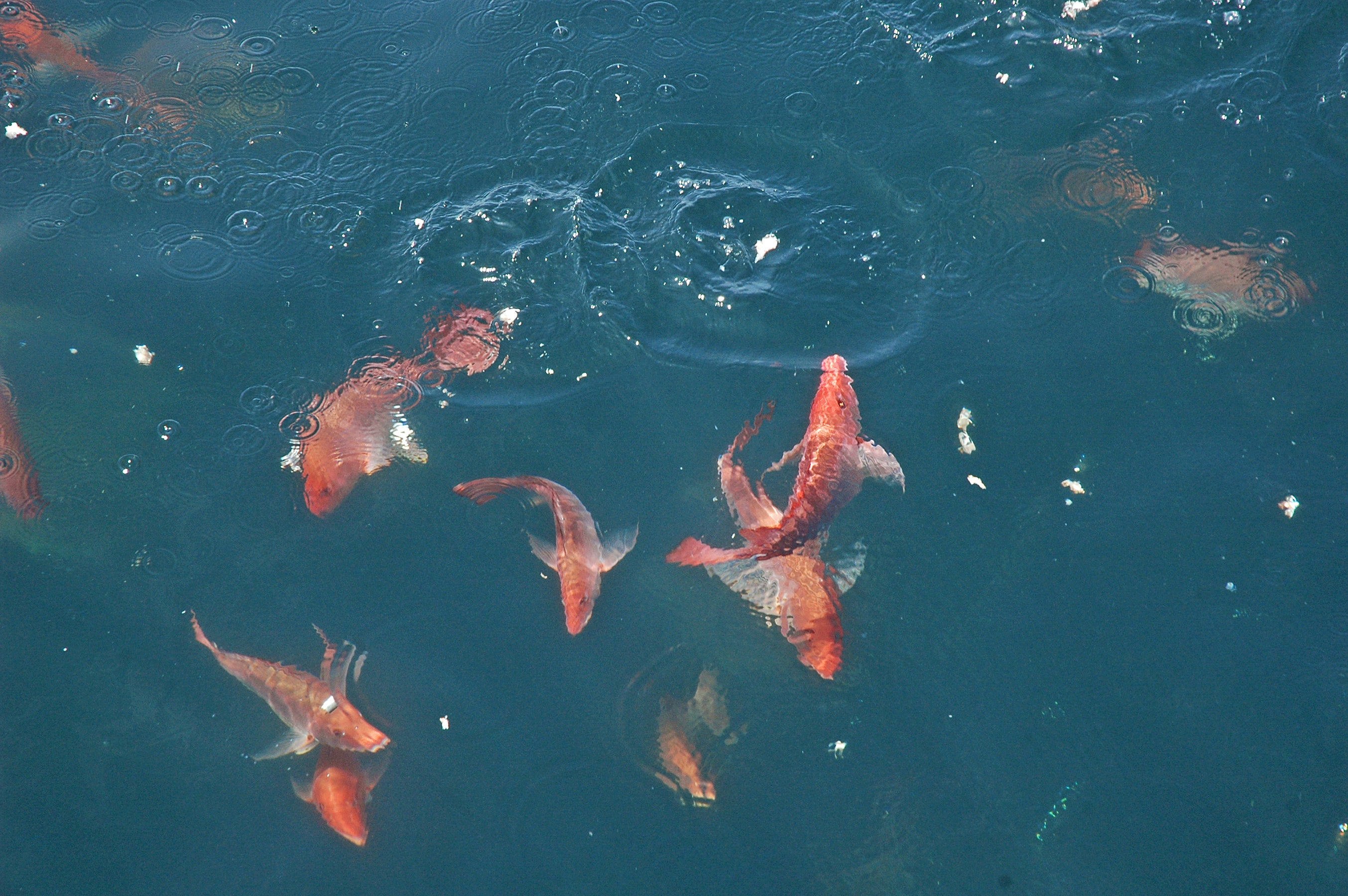By DAVID RAINER, Alabama Department of Conservation and Natural Resources
Last week’s meeting of the Gulf of Mexico Fisheries Management Council (Gulf Council) Scientific and Statistical Committee (SSC) yielded mixed results for red snapper anglers.
The SSC voted to partially incorporate the Great Red Snapper Count, which estimated the red snapper population in the Gulf is three times higher than previous estimates, into the Gulf Council management process. However, that action may have little impact on the 2021 red snapper season.
“The Scientific and Statistical Committee is the science advisory panel for the Gulf Council,” said Scott Bannon, Director of the Alabama Marine Resources Division. “The purpose of the meeting was to review the Great Red Snapper Count, provide feedback and decide if it should be used in the interim analysis for red snapper this year and how it should be applied.
“The committee reviewed the Great Red Snapper Count and showed some areas that needed improvement. The researchers are going to go back and make some minor adjustments, but it won’t make a big change in the overall number. It just improves the report they have.”
The Great Red Snapper Count estimated the abundance of red snapper in the Gulf at 110 million fish. Previous assessments from NOAA (National Oceanic and Atmospheric Administration) Fisheries estimated the number of red snapper at 36 million fish.
“The committee voted on whether that data was the best science available for setting the overfishing limit,” Bannon said. “They voted that in. The number they chose for the overfishing limit was 25.6 million pounds. The Magnuson-Stevens Act states that you cannot exceed that overfishing limit or immediate changes will have to be implemented to prevent overfishing.”
Bannon said the previous overfishing limit was set at 15.5 million pounds, so the new recommended overfishing limit is a 10.1 million-pound increase. The committee then recommended that the acceptable biological catch (ABC) be set at 15.4 million pounds, which Bannon vigorously questioned.
“That’s a 10 million-pound difference from the overfishing limit,” he said. “That’s a 44-percent buffer, which I’m disappointed in. That is relatively unheard of in fisheries management. I am pleased with the recommended increase in the overfishing limit. I’m not pleased with the ABC.”
The SSC report will go to the Gulf Council and will be discussed at the next council meeting, set for April 12-15 via webinar. The Gulf Council will then set the annual catch limit (ACL) for allocations among the five Gulf states for the 2021 season.
“With only 300,000 new pounds available, that’s a negligible increase,” Bannon said. “That increase would potentially be applied to all of the sectors – commercial, charter and private anglers.”
Another hurdle for private anglers is NOAA Fisheries is pushing that the catch data from the Marine Recreation Information Program (MRIP) survey and state reporting systems be “calibrated,” which could significantly impact Alabama’s quota and reduce the number of fishing days for private recreational anglers.
“Our goal is to avoid calibration,” Bannon said. “With calibration, Alabama and Mississippi allocations would be cut in half.








